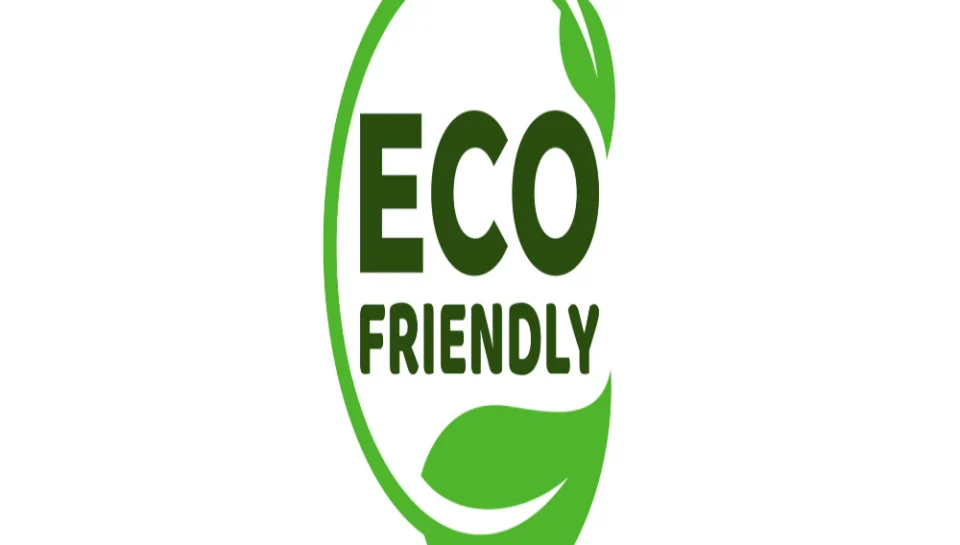
Briefly discuss the trends in eco-friendly signage solutions.
INTRODUCTION
As sustainability becomes a top priority for businesses and consumers alike, the signage industry is undergoing a green transformation. Eco-friendly signage solutions aim to reduce environmental impact without compromising functionality or visual appeal. From material choices to production techniques, the latest trends reflect an industry-wide shift toward more responsible and innovative practices. Here’s a brief overview of the key trends shaping eco-friendly signage today.
1. USE OF RECYCLED AND RECYCLABLE MATERIALS
Signs made from recycled aluminum, reclaimed wood, and post-consumer plastics are gaining popularity. Additionally, designs now prioritize materials that are easily recyclable at the end of their life cycle, promoting a circular economy.
2. BIODEGRADABLE AND COMPOSTABLE OPTIONS
For temporary signs such as event or promotional signage, biodegradable substrates like cardboard, cornstarch-based plastics, and organic inks are replacing synthetic materials to reduce landfill waste.
3. NON-TOXIC, WATER-BASED INKS
Eco-friendly signage increasingly uses soy-based or water-based inks that emit fewer volatile organic compounds (VOCs), improving air quality and reducing environmental toxicity during the printing process.
4. ENERGY-EFFICIENT LIGHTING
LED technology is now standard for illuminated signs due to its low energy consumption, long lifespan, and minimal heat output. Solar-powered lighting options are also emerging for off-grid or low-impact applications.
5. MODULAR AND REUSABLE DESIGNS
Signs that can be easily updated, reconfigured, or reused across different events or campaigns help minimize waste. Modular signage systems reduce the need for full replacements by allowing quick part substitutions.
6. LOCALIZED MANUFACTURING
Producing signage locally cuts down on transportation emissions and supports regional economies. Many companies now prioritize local sourcing and production to reduce the overall carbon footprint.
7. DIGITAL SIGNAGE AS A GREEN ALTERNATIVE
While digital signage uses electricity, it reduces the need for reprinting materials for changing content. Smart programming, motion sensors, and scheduled operation further enhance energy efficiency.
CONCLUSION
Eco-friendly signage is not just a passing trend—it’s a long-term shift toward sustainable business practices. Through innovative materials, responsible manufacturing, and smart design, the signage industry is aligning with environmental goals while delivering high-impact visual communication.
HASHTAGS
#EcoFriendlySignage #SustainableDesign #GreenSignageSolutions #RecyclableMaterials #BiodegradableSigns #SustainableMarketing #LEDSignage #EnvironmentalGraphics #GreenPrinting #NonToxicInks #RenewableMaterials #EnergyEfficientDesign #ReusableSignage #DigitalSignage #ModularDesign #EcoDesignTrends #SignageInnovation #ZeroWasteDesign #CarbonFootprintReduction #CircularEconomy #SustainableBranding #GreenBusiness #EcoVisuals #SustainableGraphics #CleanDesign





